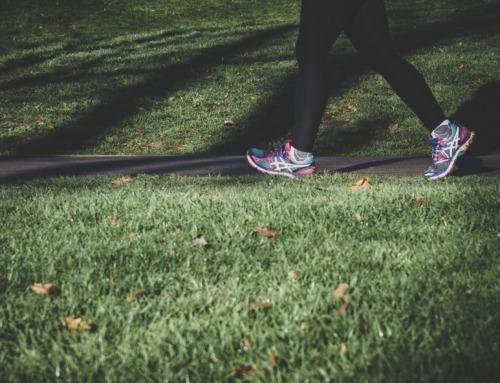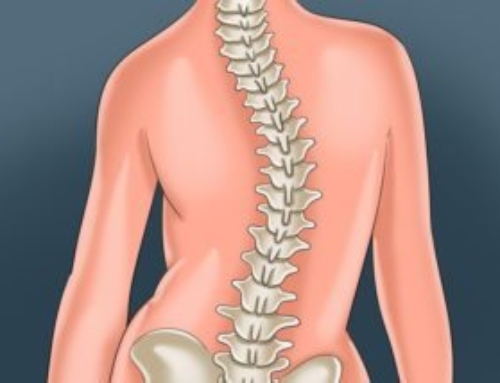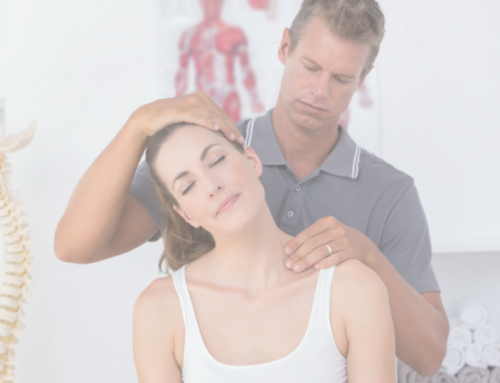Back pain can be debilitating, causing immobility, inflexibility, and have a significant impact on a person’s quality of life. It can make even the most mundane daily activities extremely difficult – and even excruciating. Building the muscles that make up your core (abdominals and back) can help support your spine and reduce back pain. In many cases, strengthening these muscles can help a patient avoid medication with its unpleasant side effects and even avoid surgery. With just a few smart moves you can greatly decrease your back pain, increase your mobility, and take back your life.
The Role of Abs and Back Muscles
The spine is the supporting structure for the back, but it also is a vital infrastructure for the entire body. It houses the central nervous system and neural impulses are transferred along what is essentially a spinal super highway.
The arms, legs, neck, and head are all connected and stabilized by the spine through an intricate network of ligaments and muscles. The back muscles and abs, or abdominal muscles, are at the center, or core, of this muscular network. They keep the body upright and facilitate movement. When these core muscles are not in good condition, it puts stress on the spine, impacting its ability to support the body. This often results in back pain and even injury in some cases.
Postural Alignment
Postural alignment is a common contributor to back pain. This is often due to weak core muscles.
As the muscles fail to do their job to stabilize the spine, the body adjusts structurally to accommodate the weakness. This can result in postures that cause joint pain as well as muscular pain and even headaches.
For instance, stooped or hunched shoulders can cause back pain, but it can also create tension in the shoulders and neck. This, in turn, can cause tension headaches and migraines in patients.
A sway back, where the lower back bows, causing the pelvis to tilt up, can cause severe lower back pain, especially after standing for long periods of time. Sway back can be the result of weakened core muscles or a combination of a weak core, combined with obesity or pregnancy.
The weight in the abdominal area pulls the spine forward so that it curves. A pregnancy sling can sometimes help with the pain, but it is just a band aid. The real cure is to strengthen the core muscles so that they are better able to adequately support the spine and body.
Foundation Training
Eric Goodman, a chiropractor, developed Foundation Training as a way to help his patients who suffer from lower back pain, but are not physically able to do Pilates or yoga. It is also designed to help those who sit for long periods of time to counteract the associated negative health effects.
Foundation training incorporates powerful yet simple movements that work to integrate the body’s muscular chains, increasing strength and realigning the core and spine. It does not require any equipment so the movements can be performed anywhere. The muscles are trained how to move properly and work together so that you the body learns to move how it is designed to move. The key basic exercise can be viewed in this video.
Creating a strong core can help relieve back pain but also have added benefits such as increase energy, better mobility, and an improved mood. By allowing the body to support itself it can naturally relieve pain and heal certain conditions without invasive surgery or medication which can have unpleasant or even harmful side effects. When you take good care of your body, it will take good care of you.
Photo by Jonathan Borba on Unsplash









